Newsroom
Discover more about the impactful work we do globally.
Filter
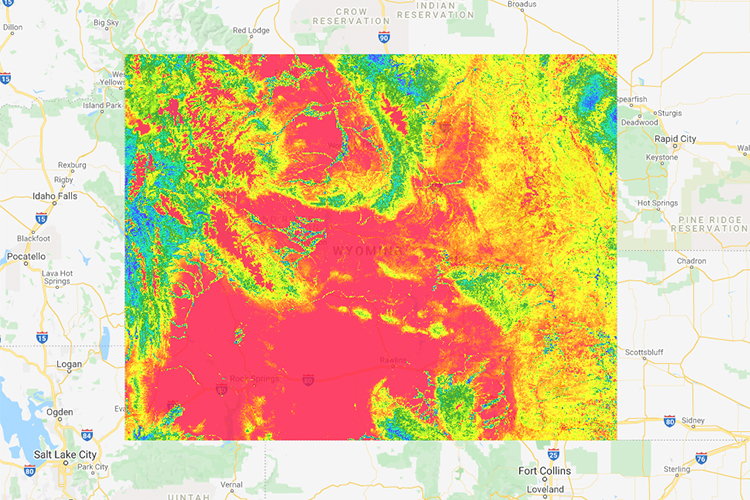
Using Google Earth Engine to render satellite layers on a map
Satellite imagery tells useful stories that can’t be told from the ground—such as providing information about weather and climate, geography and human settlement. This information can be vital for managing global supply chains, predicting and mitigating extreme weather events, and monitoring the environmental impacts of human development. Harnessing this information and moulding it in a…

An NGIS Upgrade Solution
The adage ‘time is money’ has never been more relevant as our world grows more connected, we grow more impatient, making only small allowances for inconveniences and downtime when it comes to almost anything. We can all think of a time when our smartphone or PC has needed an upgrade and we have to forego…
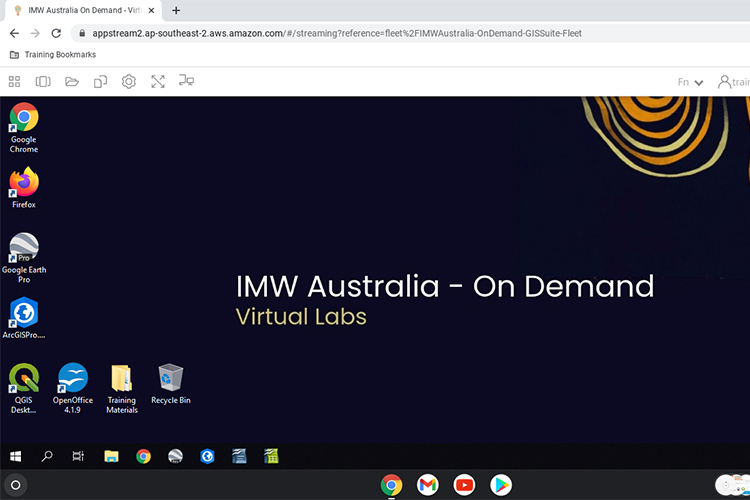
Accessing geospatial software from anywhere, on any computer.
Geospatial software needs a lot of computing power to operate at its best. If you throw complex 2D or 3D data into the mix, a dedicated graphics processing unit is also required. These factors mean that it can be difficult for those in the geospatial industry to work remotely because in most cases, their work…
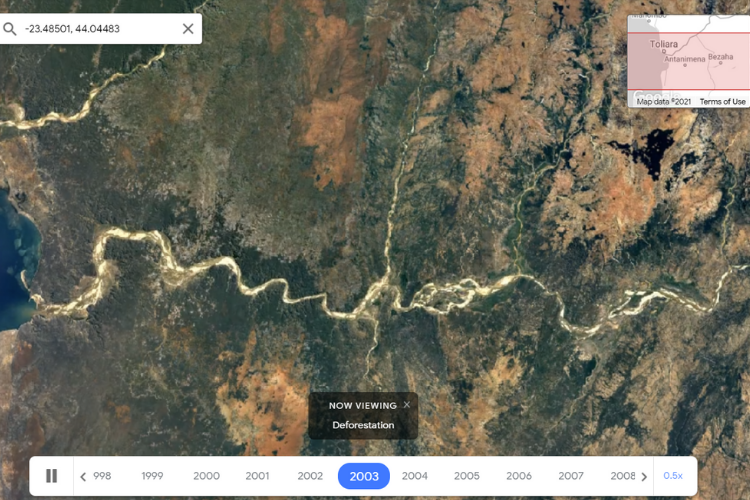
A sustainable CPG future with cloud geospatial
Nathan Eaton, Executive Director at NGIS, featured at CARTO’s Spatial Data Science in CPG & Retail Summit on May 19th this year. Together with Jeff Sternberg—Technical Director of Applied AI at Google—the pair discussed how NGIS and Google have partnered with CARTO to explore the CPG (consumer packaged goods) and retail industries with a focus on geospatial analytics…

A developer’s guide to working with geospatial data
Coming from a software engineering discipline with no background in geographic information systems (GIS), I have been picking up all sorts of mapping libraries and terms since I joined NGIS over six months ago. In today’s Geotech Friday blog, I will be sharing some beginner concepts for handling geospatial data and some of the useful data types you may…

How App Creator helps you make Google Earth Engine Apps
At the Geo for Good Summit 2020, David Gibson, Software Engineer at Google, announced the App Creator which allows users to easily build an Earth Engine App interface. Earth Engine Apps are dynamic user interfaces for sharing your Earth Engine analyses and results online. The app can be viewed by anyone, even if they are not Earth Engine…
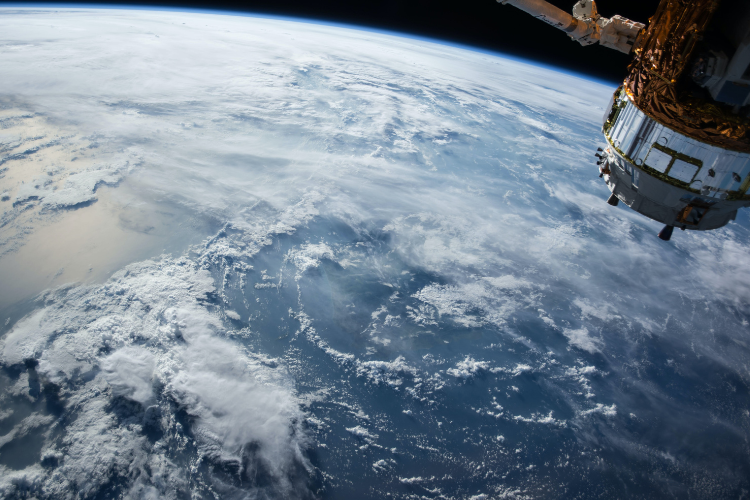
How to build custom plugins in QGIS
When I needed to change a part on my 4WD expedition truck, there was no spanner known to man that could get the job done. So, I welded one up out of scrap material I had laying around, and while it wasn’t pretty, it did the job. Now, whenever I need to undo that part…

Speedy planning and built environment design with LiDAR
Excellent design is a key measure of success for the public sector, especially when it comes to planning within environments that are already fully or partially developed. Examples of this might be a new shopping mall on a main street, installing traffic lights or roundabouts on a busy thoroughfare, or running a tramway down a…

How connected geospatial data is transforming the mining industry
During the lifecycle of a mine, there are large amounts of data being captured across disparate systems. Often, the data that is used to help decision makers operate sites efficiently and sustainably are inherently spatial. Connecting the different geospatial data sources across the mining life cycle enables business units to have valuable situational awareness across…
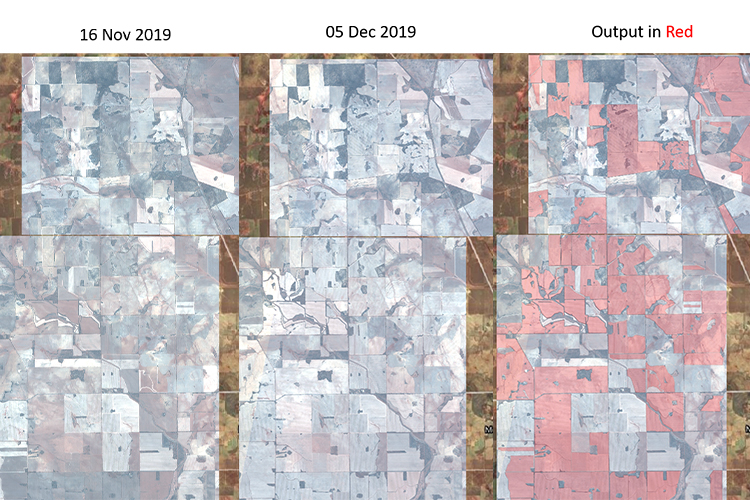
Choosing the right Machine Learning approach for your geospatial project
Machine learning (ML) helps us find patterns in data through the use of algorithms. By using algorithms to build models that uncover connections, organisations can make better decisions faster and without human intervention. From a geospatial perspective, an example of using ML is via image analysis in remote sensing work. But how do you choose…

